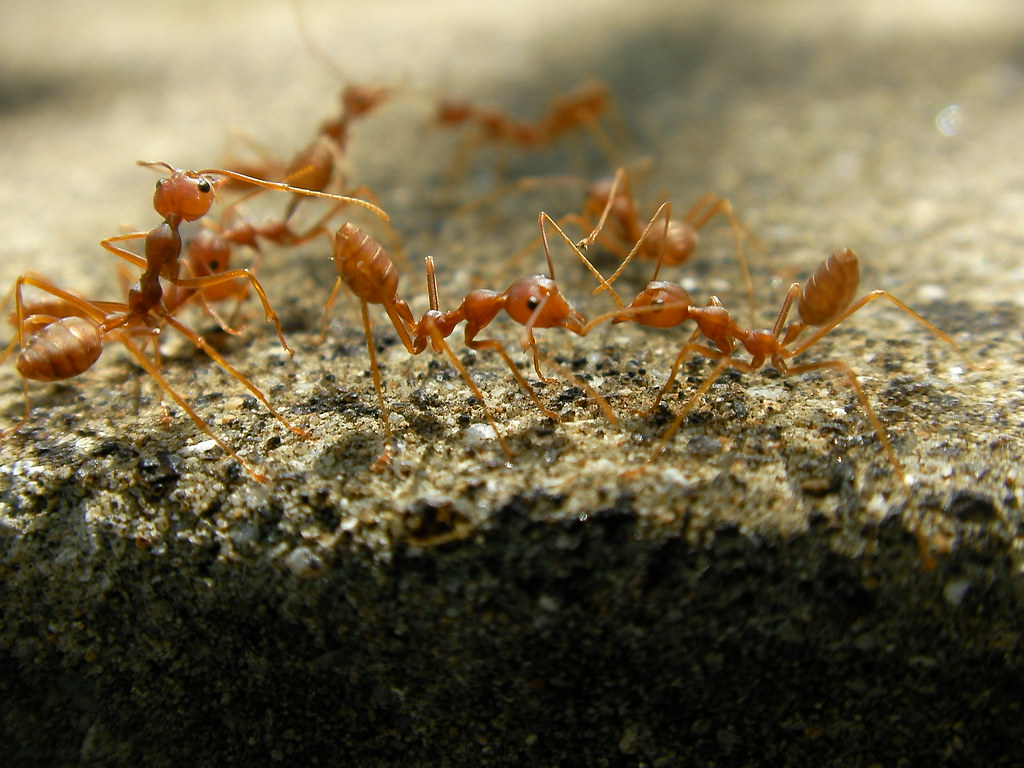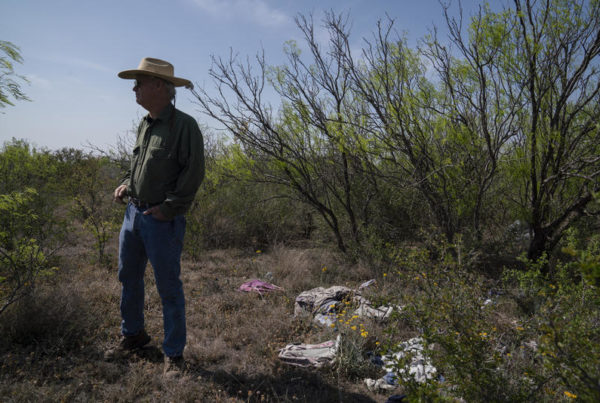Wizzie Brown, an insect specialist with the Texas A&M AgriLife Extension Office, has some tips on community fire ant baiting.
On joining with neighbors to combat fire ants:
“This can be as formal as you want it, or as loosey-goosey as you want it, but what you are trying to accomplish here is expanding the area where fire ants have been treated. That way, the invasion of the fire ants coming back into the area is slower.”
On how to protect your yard, and why neighbors should collaborate:
“If you are baiting fire ants in your yard – and we recommend doing that in spring and fall – we recommend doing a broadcast bait with a handheld spreader, over your property. Then, if you’re just doing it in your yard, and your neighbors aren’t doing it, their fire ants are going to move back into your yard.”
On the results of community baiting:
“If you and your neighbors, or everybody on your block, or even better, everybody in your entire neighborhood, all bait for fire ants at the same time, then it’s going to take much longer for those fire ants to come back into that area and really establish themselves.”
On how to apply bait effectively:
“Most fire ant baits are put out at a pound, or a pound-and-a-half per acre, which is a very small amount. Most people, when they put out fire ant bait, don’t feel like they’re putting out enough and so they make it look like it snowed. Then, it’s really too much, and that can lead to more environmental problems than if you applied it properly.”
Listen to the full interview in the audio player above.
Written by Shelly Brisbin.
















